The Mediterranean Sea is home to a wide variety of sharks, including velvet-bellied lantern sharks, blue sharks, sevengill sharks, thresher sharks, great white sharks, and tiger sharks. The Mediterranean Sea is home to a wide variety of sharks, with at least 47 species in its waters. Sharks in the region are characterized by being harmless and demersal, meaning they tend to stay on the seabed. They balance the marine ecosystem by devouring the marine fish they prey on.
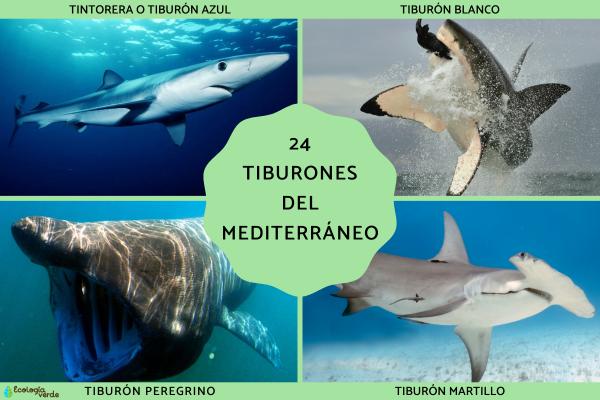
Velvet Belly Lanternshark
Blue Shark
Sevengill Shark
Atlantic Sawtail Catshark
Basking Shark
Sandbar Shark
Angelshark
Spinner Shark
Shortfin Mako Shark
Copper Shark
Small-Spotted Catshark
Big-Nose Shark
Smalltooth Sand Tiger Shark
Spiny Dogfish
Gulper Shark
Portuguese Dogfish
Tope Shark
Tiger Shark
Hammerhead Shark
Porbeagle Shark
Nursehound
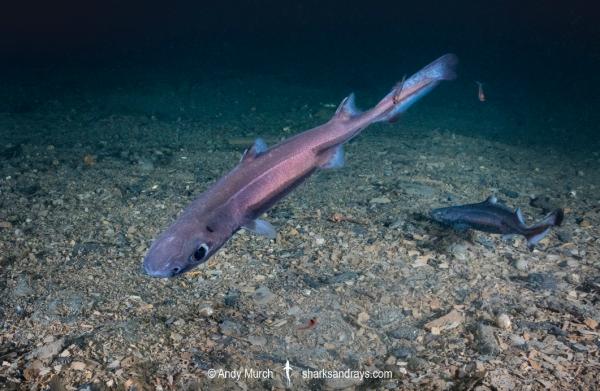
A small deep-sea shark in the Mediterranean, growing up to 40 cm. Its dorsal spines offer defense, while two luminous lines on its sides provide camouflage, making it nearly invisible to predators.
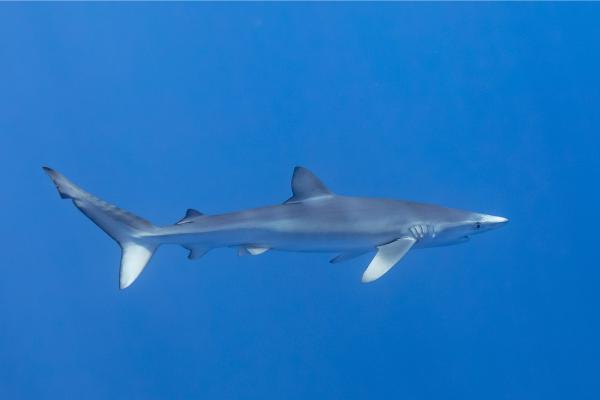
One of the most widespread sharks worldwide, reaching 2 meters in the Mediterranean. Recognizable by its blue back and white belly, it migrates with ocean currents, feeds on fish and seabirds, and is targeted for its fins and meat.
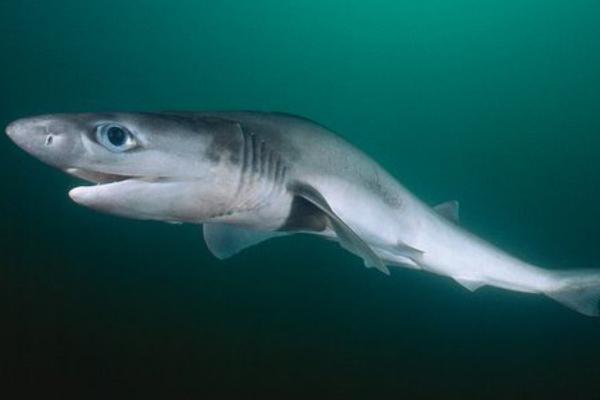
Rare among sharks, with seven gill slits instead of the usual five. Active, inhabiting surface to 1000 meters deep, feeding on bony fish, crustaceans, and smaller sharks. Important for marine food webs.
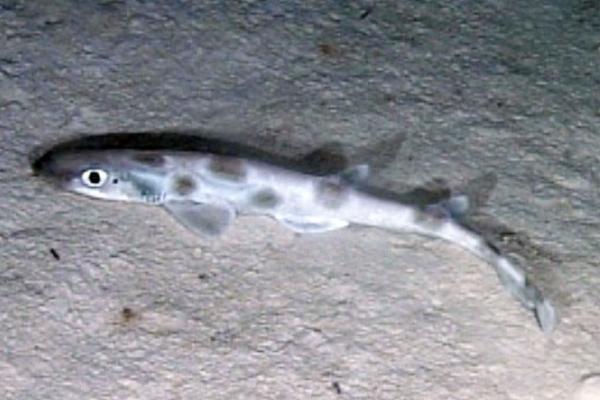
A slender, small shark, up to 45 cm, gray-brown with dark spots. Lives at 400–600 meters, has a black oral cavity and small dark dorsal fins. Inhabits deep Atlantic and Mediterranean waters.
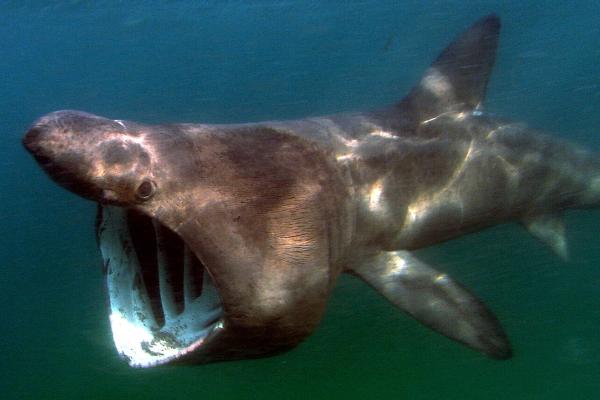
The largest Mediterranean shark and second largest in the world. Grows over 9 meters, gentle filter-feeder consuming plankton. Migrates seasonally, harmless to humans.
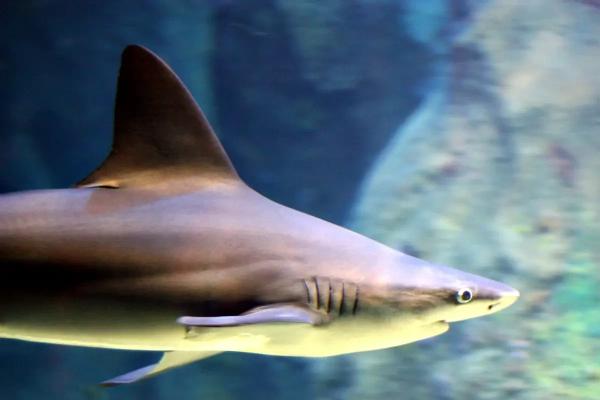
Large, bottom-dwelling shark, reaching up to 2.5 meters. Nocturnal, feeding on fish, crustaceans, and smaller sharks. Prefers shallow Mediterranean coastal waters.
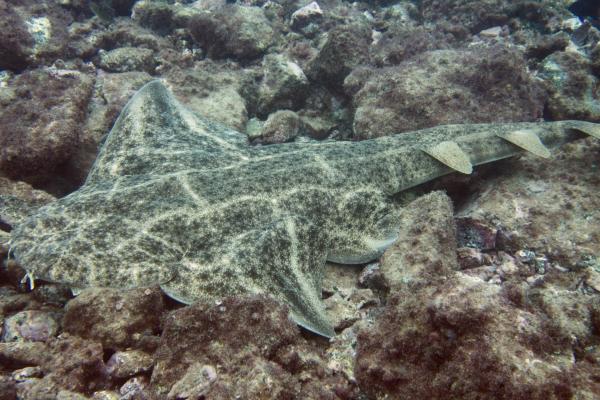
Flattened body, resembling “angel wings,” often confused with rays. Ambush predator, prefers sandy bottoms. Critically endangered in the Mediterranean due to habitat loss.
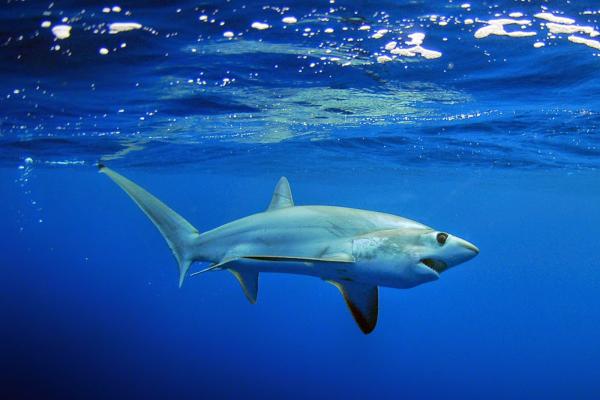
Known for its long tail and prominent eyes. Hunts by stunning prey with its tail. Lives at 30–45 meters, can live up to 30 years.

Medium-sized, agile, and capable of complex jumps. Found in subtropical waters down to 100 meters. Not considered highly dangerous.

A fast, powerful swimmer, capable of leaping from the water. Up to 3 meters, distributed worldwide, threatened by overfishing for its meat, fins, and skin.

Slender body, copper-colored back, white belly. Grows up to 3 meters. Feeds on small oily fish, not aggressive to humans unless food is nearby.
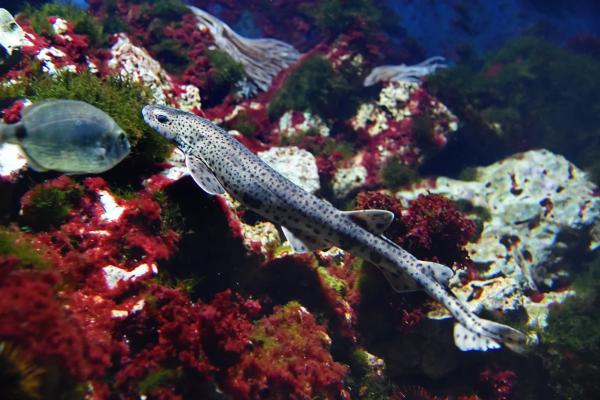
Yellow-gray body with brown spots. Nocturnal, feeds on crustaceans and cephalopods. Females lay about 100 eggs each time, common in Mediterranean coasts.

Notable for its long, rounded snout, grows up to 3 meters. Feeds on small fish and mollusks, often targeted for fish oil and meal.

Fusiform body, gray color, five gill slits. Mature females reach 3.6 meters. Prefers reefs and deep-sea habitats, gentle by nature.
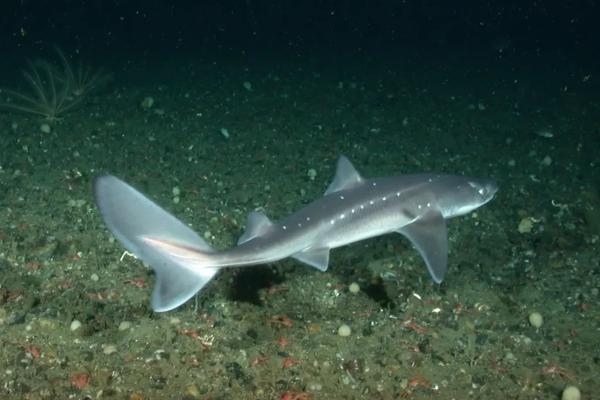
Up to 1.5 meters, dorsal fins have small venomous spines. Slow-moving, migrates up to 800 meters deep. Feeds on benthic fish, considered vulnerable.
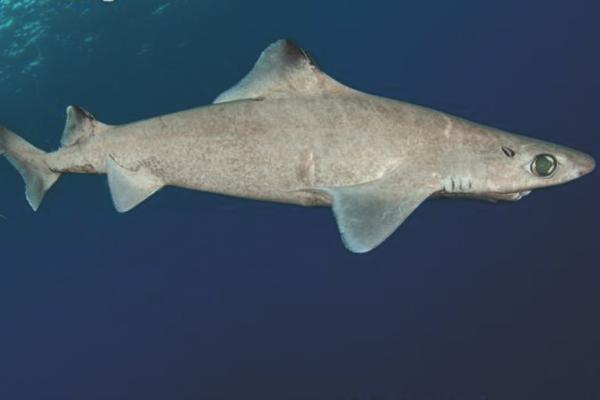
80–100 cm long, gray-brown back, knife-like upper teeth, serrated lower teeth. Eats small fish and squid, can live up to 70 years.
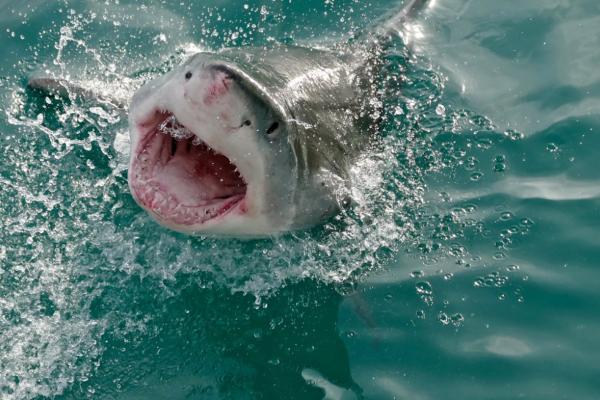
Top ocean predator, grows up to 6 meters. Hunts large fish, birds, and sharks, with a powerful bite and keen sense of smell.
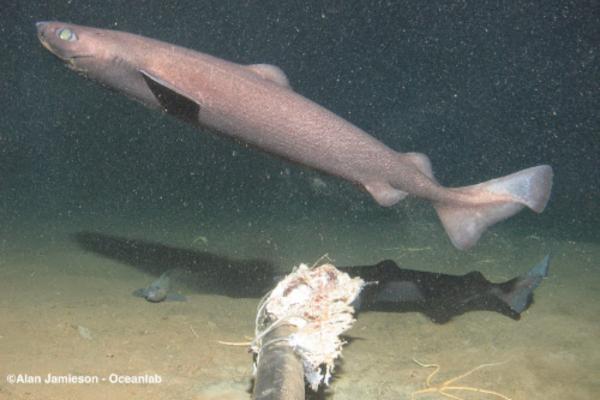
Lives at depths up to 4500 meters. Adapted to darkness, feeds on bioluminescent creatures. Robust, dark-colored body.
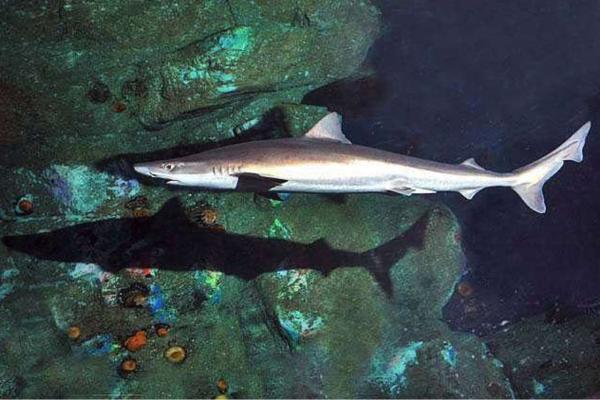
Found nearshore, up to 2 meters, important for coastal fisheries. Females give birth to up to 35 pups, threatened by overfishing.

Large, robust shark with tiger-like stripes, nocturnal hunter, feeds on various large prey, with powerful jaws and regenerative teeth.
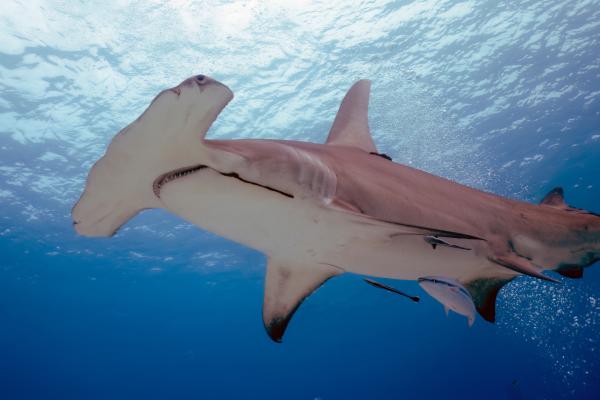
Distinctive T-shaped head, active and social, tolerates a range of temperatures, feeds mainly on invertebrates and fish.

Sociable and slow swimmer, widely distributed. Swallows air to regulate buoyancy. Females incubate eggs internally, pups are independent at birth.

Strong, blue-gray back, fast and agile, can leap out of the water. Feeds on fish and cephalopods, threatened by overfishing.
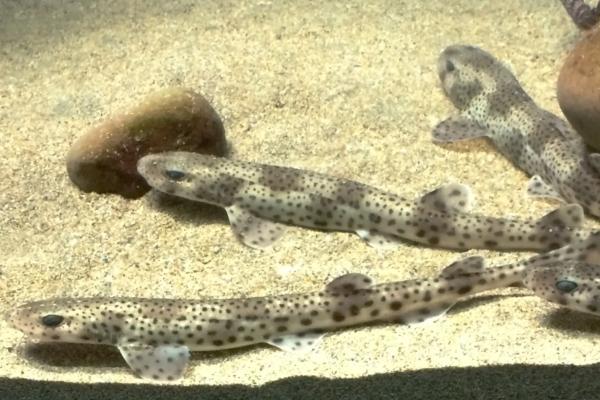
Yellowish body with brown ring spots, nocturnal, prefers rocky or sandy habitats. Small and highly adaptable species.
The Mediterranean is home to a wide variety of shark species, each playing a vital role in maintaining marine ecosystem balance. Sustainable management and protection of these sharks are crucial for both ecological health and fishery resources.
animal tags: Mediterranean shark shark species
We created this article in conjunction with AI technology, then made sure it was fact-checked and edited by a Animals Top editor.